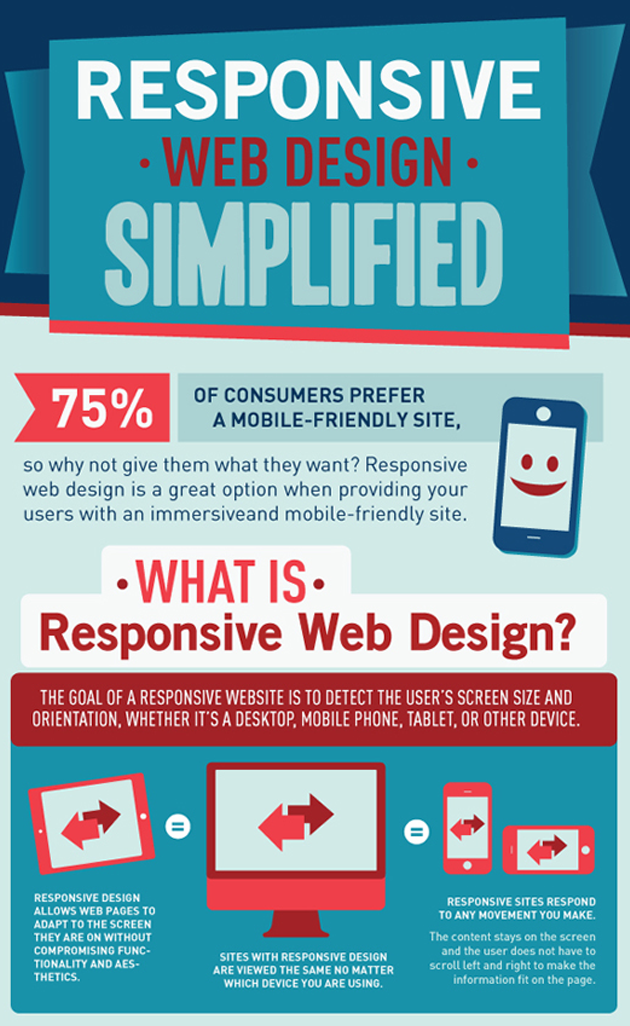Fascinated In Discovering Just How Site Design Has Evolved Throughout The Years? Explore The Trip From Fundamental, Straightforward Layouts To User-Centric User Interfaces That Prioritize The Site Visitor'S Experience
Fascinated In Discovering Just How Site Design Has Evolved Throughout The Years? Explore The Trip From Fundamental, Straightforward Layouts To User-Centric User Interfaces That Prioritize The Site Visitor'S Experience
Blog Article
Authored By-Solis Cantu
In the past, web sites were straightforward and focused on details. Navigation was straight, and layout was for desktops. Now, individual experience is crucial. Data overviews styles for simple navigation. Receptive formats match various devices. Today, dark setting decreases strain, and minimal menus improve navigation. Interactive functions engage individuals, and vibrant visuals stick out. AI assimilation enhances engagement. See how layout has progressed to improve your on-line journey.
Early Days of Website Design
In the early days of website design, simplicity reigned supreme. Sites were standard, with restricted colors, font styles, and formats. The focus was on giving information rather than fancy visuals. Customers accessed the internet via slow dial-up links, so speed and capability were key.
Navigating menus were straightforward, normally situated at the top or side of the page. Sites were made for computer, as mobile surfing wasn't yet common. Web content was king, and developers prioritized easy readability over intricate style components.
seo services was the key coding language made use of, and designers had to function within its constraints. Computer animations and interactive attributes were minimal compared to today's standards. Websites were fixed, with little vibrant web content or individualized customer experiences.
Rise of User-Focused Style
With the advancement of website layout, a shift towards user-focused style principles has come to be significantly noticeable. Today, producing sites that focus on individual experience is essential for engaging visitors and accomplishing organization objectives. User-focused design entails comprehending the demands, preferences, and habits of your target audience to customize the web site's design, content, and features as necessary.
Designers currently perform extensive research, such as customer surveys and functionality testing, to collect insights and comments straight from customers. This data-driven technique aids in producing user-friendly navigation, clear calls-to-action, and aesthetically enticing interfaces that reverberate with visitors. By placing the customer at the facility of the design process, sites can supply an extra customized and satisfying experience.
Responsive design has also become an essential element of user-focused design, making sure that internet sites are maximized for different devices and screen sizes. This flexibility enhances ease of access and functionality, satisfying the varied methods users interact with sites today. Fundamentally, the increase of user-focused design signifies a change towards producing digital experiences that prioritize the demands and expectations of completion user.
Modern Trends in Website Design
Discover the latest patterns forming website design today. https://affordableseoservicesfors63951.newsbloger.com/30408476/by-comprehending-the-distinctions-in-between-these-2-seo-techniques-organizations-can-produce-an-extra-efficient-online-marketing-strategy-that-drives-both-regional-and-natural-traffic-to-their-internet-site is dark mode design, using a streamlined and modern look while decreasing eye pressure in low-light atmospheres. An additional essential trend is minimalist navigation, simplifying menus and enhancing user experience by concentrating on essential elements. Incorporating micro-interactions, such as computer animated buttons or scrolling impacts, can produce a much more appealing and interactive web site. Receptive style remains crucial, guaranteeing smooth customer experiences throughout various tools. Additionally, making use of vibrant typography and unbalanced layouts can include visual interest and draw attention to details content.
Incorporating AI technology, like chatbots for client support or individualized recommendations, boosts individual interaction and streamlines procedures. Availability has likewise become a substantial trend, with developers prioritizing comprehensive style methods to deal with diverse individual needs. Welcoming sustainability by maximizing web site performance for rate and efficiency is an additional emerging pattern in web design. Collaborating with user comments and information analytics to iterate and enhance design continuously is important for staying pertinent in the ever-evolving electronic landscape. By embracing these contemporary trends, you can develop a visually enticing, straightforward internet site that resonates with your target market.
Conclusion
As you reflect on the development of site style from the very early days to now, you can see how user-focused design has ended up being the driving force behind contemporary trends.
Embrace the journey of modification and adaptation in web design, constantly maintaining the user experience at the center.
Keep current with the latest patterns and modern technologies, and never ever stop evolving your approach to produce visually spectacular and user-friendly web sites.
Progress, adapt, and develop - the future of web design is in your hands.
